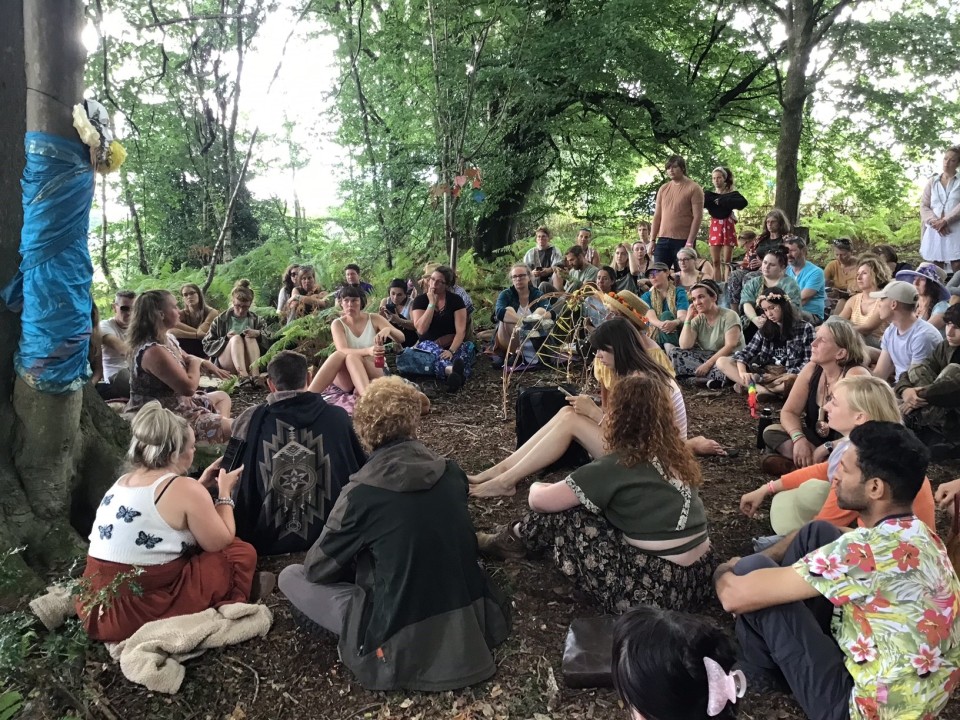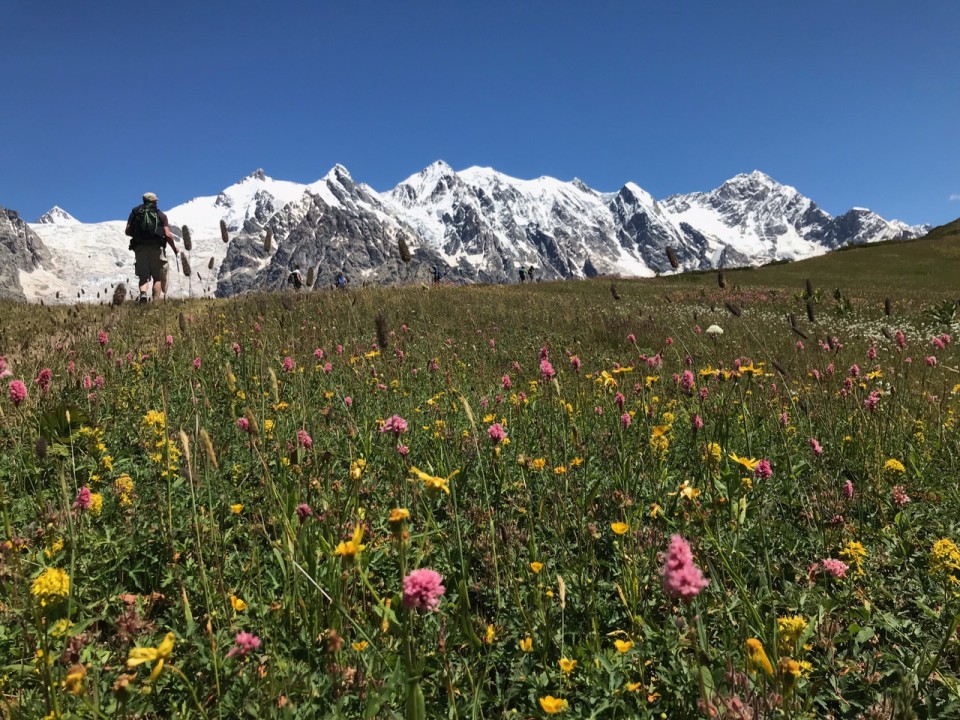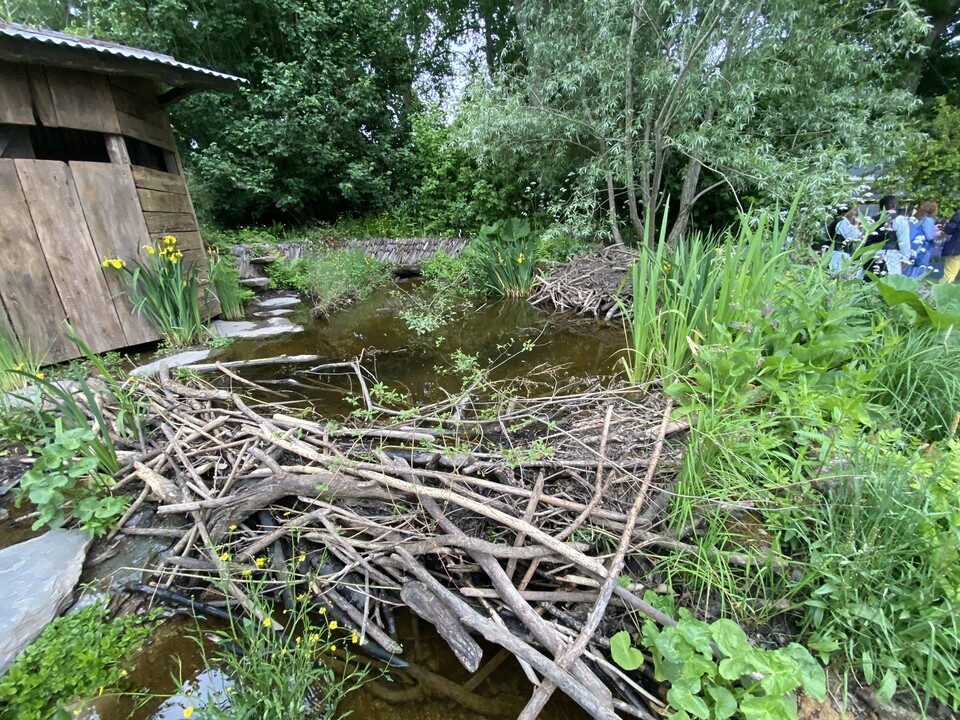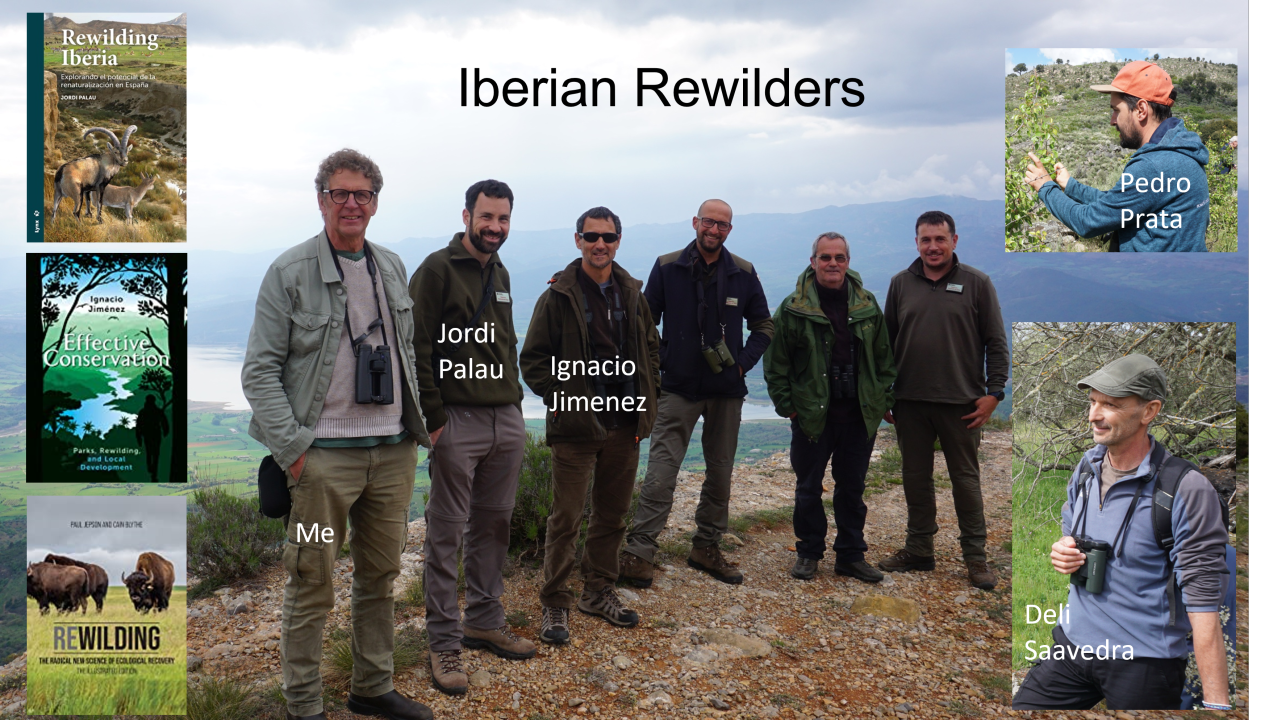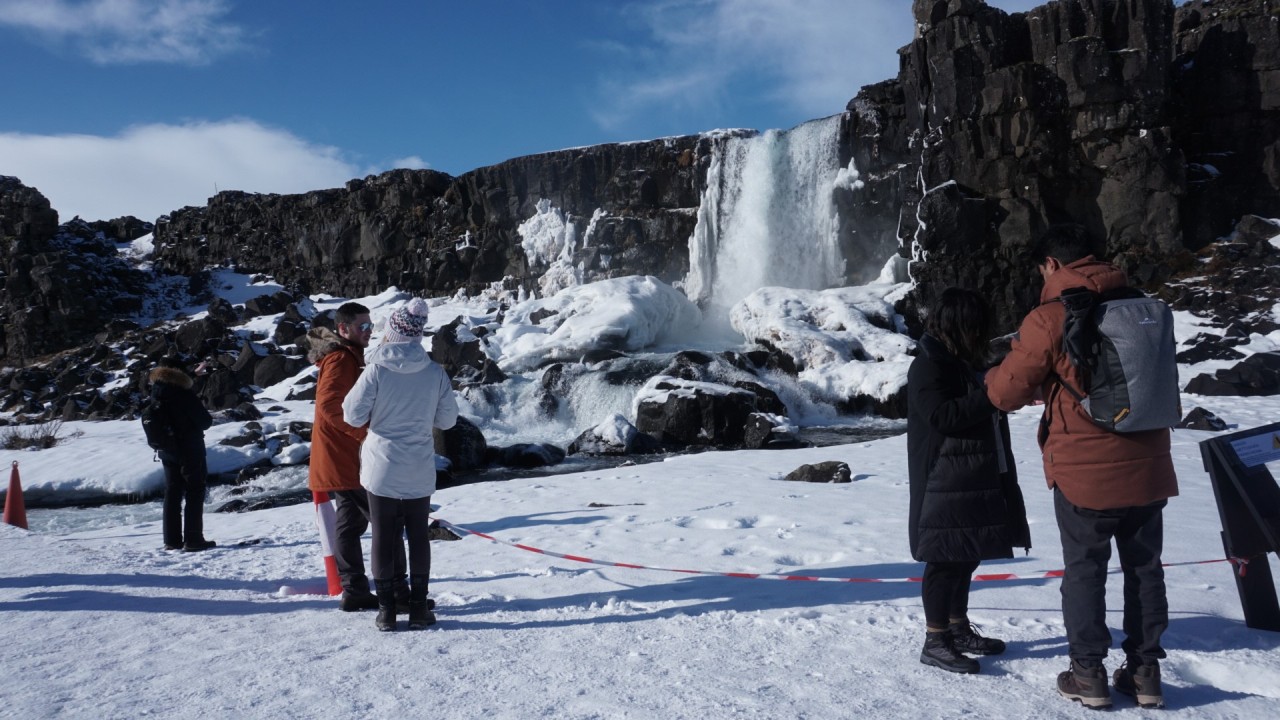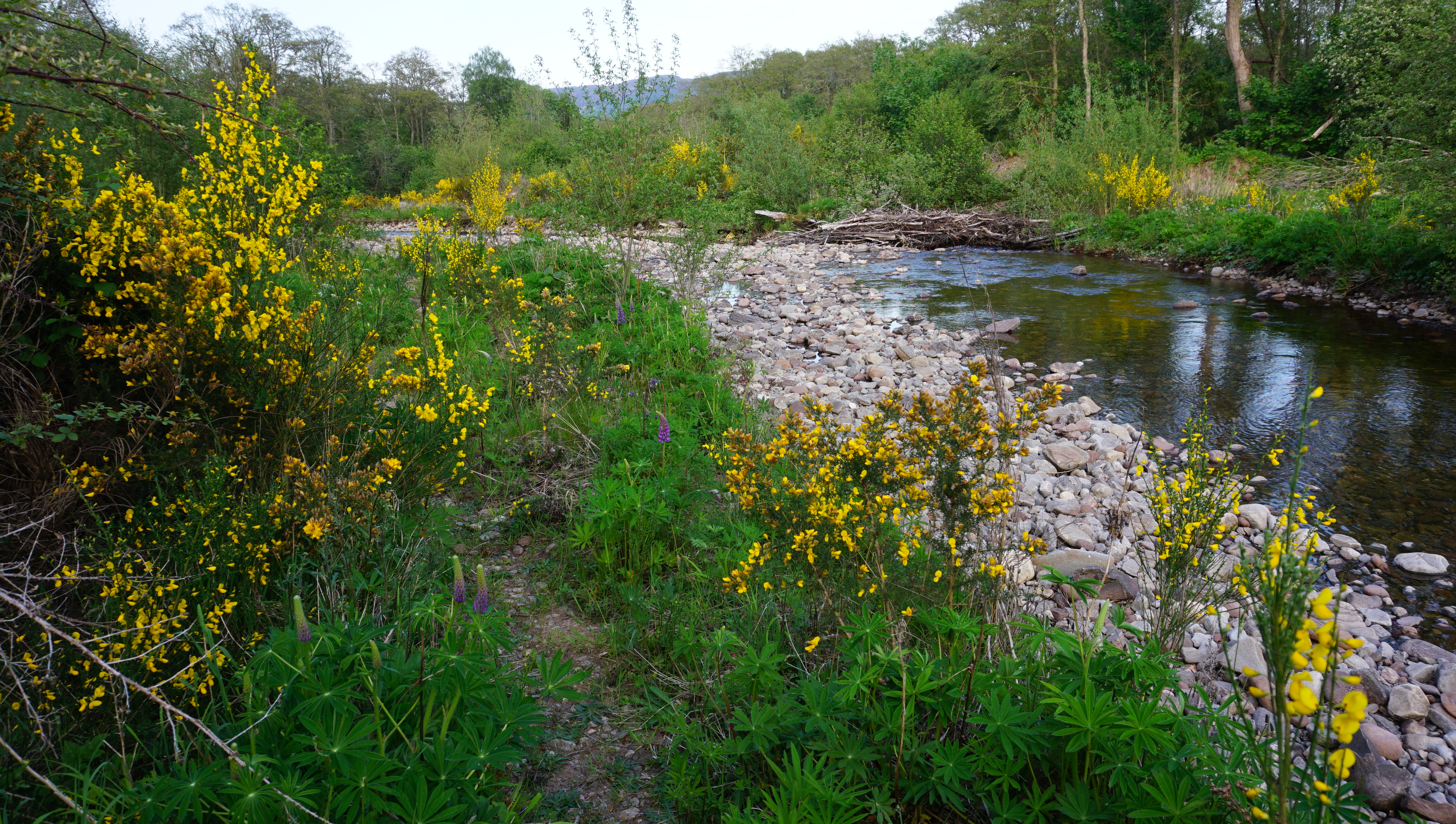By Paul Jepson and Richard Ladle
Ilha Grande is a prize asset within Rio State’s protected area portfolio. This former leper colony and political prison has exceptional scenic beauty – rainforest clad mountains meet sandy coves and azure seas. We visited the island to test and develop our Protected Asset Framework.
There are no roads and cars. Vila do Abraão (Abraham’s Village), the island’s main settlement, is a cluster of restaurants, boutique shops and guesthouses where the vibe of Brazil’s hippy culture still hangs on. Compared to the metropolitan beaches of Ipanema and Copacabana, those of Ilha Grande retain an authentic timeless feel. They are a place to escape the stresses of modern life, to chill out, romance and enjoy nature.
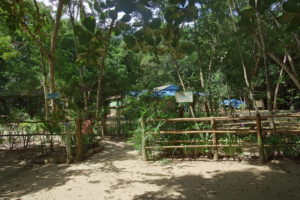
The island has a range of accommodation from smart pusadas to scheduled campsites.
At first site the state park seems to be in good shape: development on the island is contained and the majority of visitors stay in Abraão, taking taxi boats to neighbouring beaches or enjoying round island speed-boat tours. The adventurous can make the dawn climb to Parrot Peak and go scuba-diving or para-gliding. For those looking to get away from the crowds there is a well-developed network of trekking trails and campsites on secluded beaches.
As well as protecting a largely intact island example of the Atlantic rainforest biome, Ilha grande is generating life-quality values for all types – from wealthier families to impoverished back-packers –which in turn supports a thriving local economy.
Unfortunately, Brazil is struggling with a serious economic recession and park investments are being slashed as limited public funds are directed to core sectors such as health and education. Ilha Grande, like other parks in Rio State, urgently needs to find new sources of finance. This financial squeeze couldn’t come at a worse time as the creaking infrastructure of the island struggles to deal with issues such as sewage processing.
Given that everyone arrives by boat one option would be to charge a park landing fee and/or collect a tourist tax from the hotels and guest houses. But this is not as simple as it seems for three reasons: 1) it would require an enabling law to be drafted and passed; 2) collection of a tourist tax would be difficult – much of the economy is conducted ‘off book’ as it is, and; 3) fees and taxes can be unpopular and create unrealistic expectations of park services and facilities.
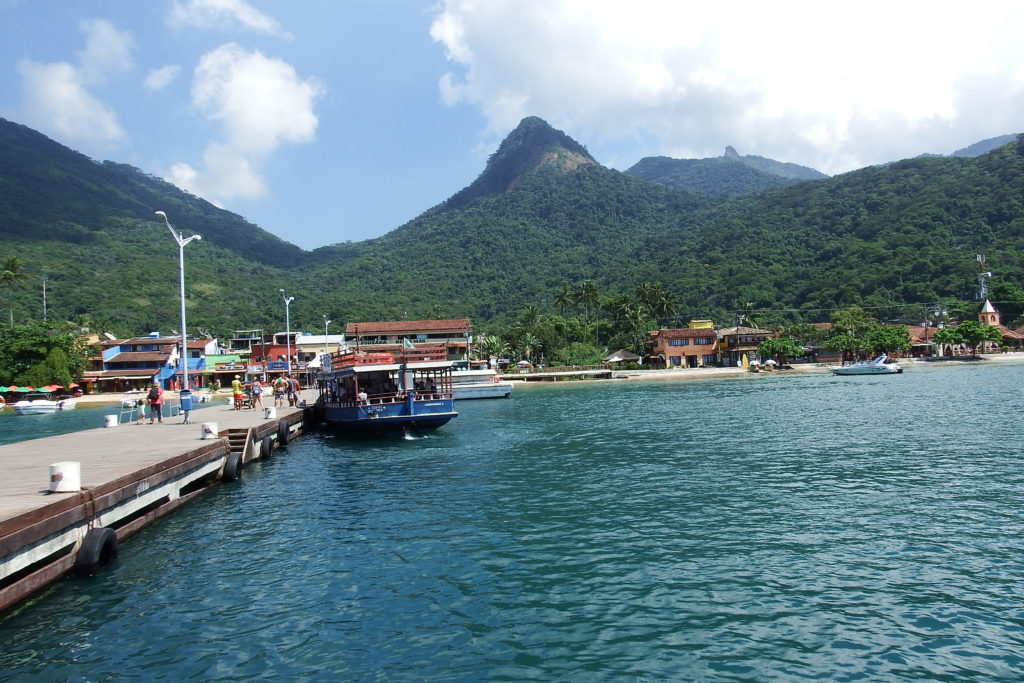
A second option favoured by the present state government is to establish public-private partnerships (PPPs) to manage aspects of the park. The idea is that companies are more able to raise investment capital and contracting-out aspects of park management would reduce running costs for the state. There is also the idea that such partnerships might bring greater stability for park management by ameliorating the impact of politically-driven policy changes that accompany Brazil’s volatile 4-year election cycles.
A PPP with a water & sanitation company might be feasible for Ilha Grande, but it is hard to see how the concept could be applied to the tourism side of things. Explicit commercialisation could undermine the alternative tourism ‘feel’ which is central to the island’s identitiy and a key cultural asset.
Perhaps a middle way would be to form an Ilha Grande Trust: a civil society organisation with the mandate to raise funds through voluntary mechanisms, to support the park and to conduct its own programmes.
Five things struck us about Ilha Grande visitors: they were lots of them, they were cosmopolitan in make up, many were clearly regulars, and in the most they seemed to care for the island – there was very little graffiti on rocks, everyone kept to the trails and we saw several walkers picking up (somebody else’s) litter.
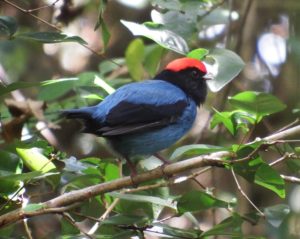
Sharp-tailed manakin – just one of the many great bird species to be seen on Ilha Grande
This asset of good will towards the island could be turned into financial and management support. Many people might happily pay a voluntary landing fee if they knew it would help protect the special character of the island in the long term. A trust could also introduce a ‘responsible tourism’ certification scheme for the various enterprises on the island. The process would involve engaging visitors, local entrepreneurs and hoteliers in collective self-governance – a civil society-led effort to invest in Ilha Grande as a protected area asset for the benefit of nature, people and enterprise.
Many argue that this sort of public spirited approach would flounder in Brazil. They point to the culture of jeitinho (the ‘little way’), – circumventing rules, regulations and societal norms and being ‘street smart’. We are not so sure. People come to Ilha Grande in part to escape city values, and the younger generation of Brazilians are increasingly attuned to international values of sustainability.
There is another reason why a civil society trust fund approach might not work. In common with many PAs in Brazil, a few old and powerful families still exert enormous influence over the local economy. Such families support the campaigns and projects of politicians who in return may act to weaken or obstruct polices that negatively effect the business interests of their supporters. For an Ilha Grande trust fund to work effectively it would probably be necessary to enrol local political and business dynasties in the idea.
The bottom line is that something needs to happen. At present everyone – visitors, locals, enterprises – are free-riding on the island’s biophysical assets. They are capturing value, but not investing in park assets at a level that will assure that they can deliver sustained value for present and future generations.
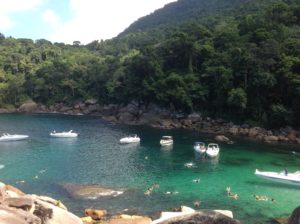
Fast boat tours of the islands are hugely popular but the contributors seem to invest nothing in the maintenance of the parks superb biophysical assets
It is clear that the park has exceptional biophysical and cultural assets and good, though limited, human assets in the form of park staff, private guides and tour operators. However, the parks infrastructure and institutional assets are under-developed and this could threaten value generation / capture in the long term. An Ilha Grande Trust would represent a new institutional asset and a broadening of the human assets associated with the park. As we have outlined, the political and social barriers to setting up such a trust are considerable, but with limited options on the table it may be the only feasible route to sustain the value of this beautiful rainforest island.
This is one of a short series of blogs on investing in Rio States PA assets. Please check out the others and leave your comments.


